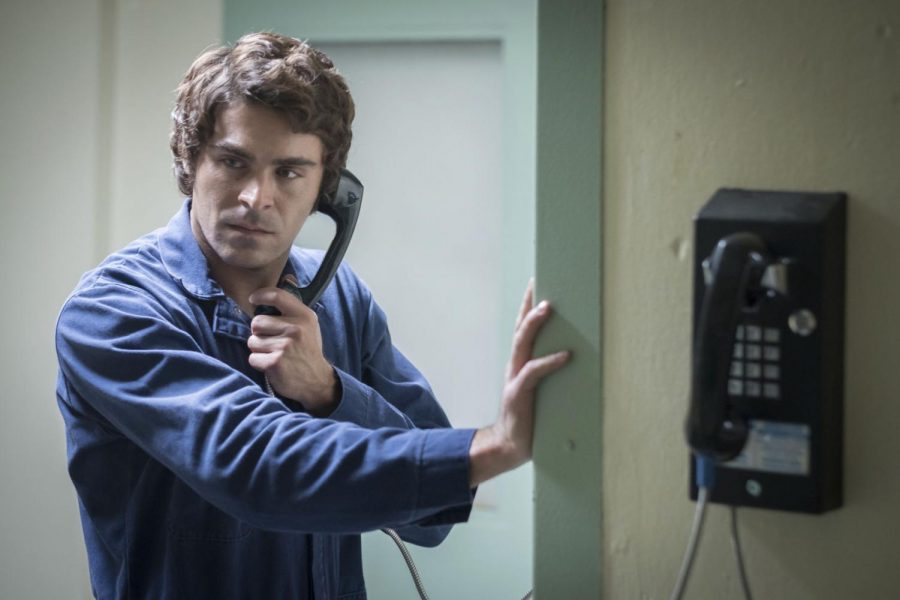Serial Killer Films’ Place in Society
Netflix’s recent film, “Extremely Wicked, Shockingly Evil and Vile,” has sparked on conversation on the merits of films based on serial killers.
May 15, 2019
With the recent release of “Extremely Wicked, Shockingly Evil and Vile” on Netflix May 3, another film has been added to the large genre of serial killer media. Now this genre has been around for many years with 1968’s ‘The Boston Strangler” and 1971’s “Dirty Harry” popularizing this new breed of film. This continued throughout the twentieth century and 1992 saw a film about two serial killers, “The Silence of the Lambs,” win The Academy Award for Best Picture.
However, within the last two decades, the genre has exploded with more of these films at a regular rate with films including “Dahmer,” “Monster” and “Zodiac” earning critical praise for their portrayals of the crimes committed. Under Netflix’s crime section, there are killer films and documentaries galore. So why are these films so popular despite depicting such atrocities?
The best explanation is that people are curious as to how someone can do such things. When one takes a look at a person like Ted Bundy or John Wayne Gacy, they seem like ordinary, friendly people. This makes their alternate personas even more surprising. So, if one believes that everyone is born inherently good, a logical question is how does one go from an ordinary person to a serial killer. A good example of this is “Monster” because the film is so engaging in making the viewer understand the motives of Aileen Wuornos, played by Charlize Theron.
Another popular answer is how some of these films and documentaries depict the solving of cases and the convictions of the killers. While “Zodiac” depicts the crimes of the infamous Zodiac Killer, the main characters, played by Jake Gyllenhaal, Robert Downey Jr. and Mark Ruffalo, are actually reporters and cops trying to solve the case. “Extremely Wicked, Shockingly Evil and Vile” shows very little of the crimes of Ted Bundy, played by Zac Efron, but rather focuses on his highly publicized trials.
Viewers gravitate toward these films because of a morbid curiosity similarly to how people came from all over to catch glimpses of these killers. The more terrible the crime, the more people stop what they’re doing, look into the killer’s human eyes and wonder “Why?”







